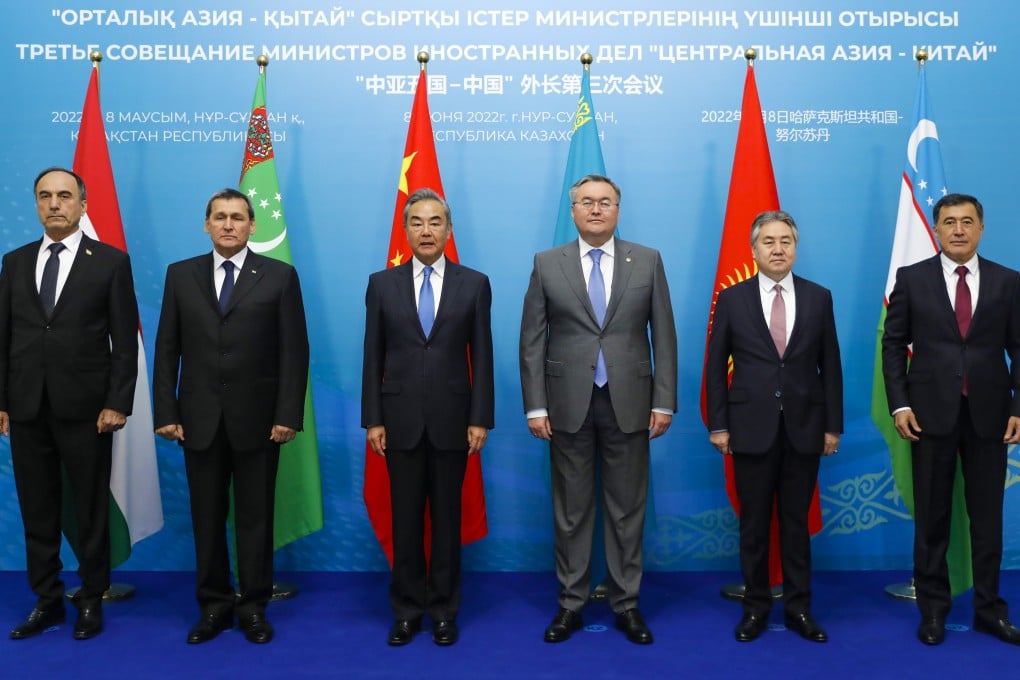How China’s inroads into Central Asia could fill an economic void left by Russia, counter US pressure
- Uzbekistan’s former foreign minister opens up with the Post about the need for green financing projects and why China is a ‘comprehensive strategic partner’
- China will host a summit next month with Central Asian countries Kazakhstan, Kyrgyzstan, Tajikistan, Turkmenistan and Uzbekistan

Uzbekistan’s attempts to embrace a China-like economic growth model are paving the way for Beijing to build a stronghold in Central Asia and to fill a vacuum left by Russia after Western sanctions.
In a widely anticipated referendum on constitutional reform, to be held on April 30, the most populous Central Asia country will decide whether to extend presidential terms from five to seven years, and whether to provide more protection for investors – including Chinese state-owned firms and private entrepreneurs.
“The constitution has special articles to protect the rights of entrepreneurs. We’re a developing economy. That’s why protecting the rights of entrepreneurs is a priority for the government,” Vladimir Norov, former Uzbekistan foreign minister, told the Post.
His comments came ahead of next month’s planned summit of China plus Central Asia’s five countries (C+C5) – Kazakhstan, Kyrgyzstan, Tajikistan, Turkmenistan and Uzbekistan – to be held in Xian, Shaanxi province. The mechanism, launched last year, is widely seen as a Beijing-led effort to realise more strategic coordination with Central Asia over issues such as the war in Ukraine and crisis in Afghanistan.